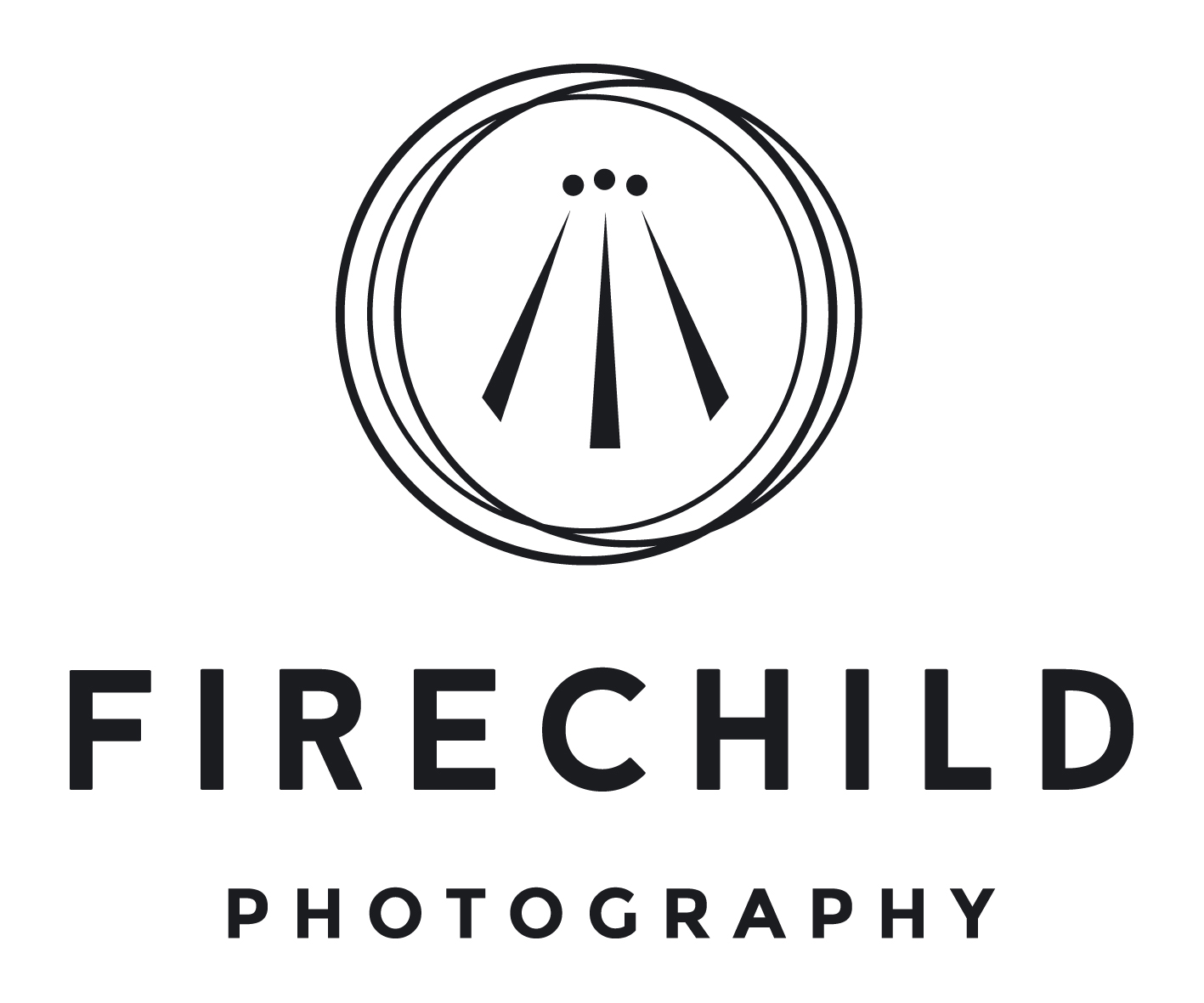As divisive as it it famous, Diane (Dee-ann) Arbus’ work is startling, threatening, uncomfortable, captivating.


The so-called “chronicler of freaks”, Arbus’ work was unflinching and often unmerciful, as though she waited until the very moment her subject was most vulnerable, most vacant, most imperfect. She dares us not to look away and simultaneously reminds us that we are all unmasked sooner or later.


There’s a sense of connection and spontaneity in many of her portraits, even the ones she posed. She was known to follow an editorial subject until she felt that she had really seen them, their truth. For her the subject and their story was always more important than the picture. Every image was an event.

The famous twins portrait [Identical Twins, Roselle, NJ, 1967] shows identical, mildly threatening little girls, mirror images of each other with individual personalities beaming through their faces. Arbus looked for contrasts, differences, contradictions. She tried to show that appearance and substance are so often at odds with one another.

What comes out is never what you put in, it always comes out better or worse
Arbus said this about her own work but also about how we present ourselves to the world. As she began working she thought she wanted to photograph everyone in the world, so tried to find some sort of “common man”, her own version of August Sanders. But she learned that by getting more specific, her work presented a more general view of the world.

On the idea of technique she said that the photographic image came down to a million choices and the result could be luck, or ill-luck. She spoke of the camera as being recalcitrant, calling it “the machine”. She worked hard to find a way to combine what she wanted and what the unruly machine wanted but also spoke of the power and fearlessness she felt with her eye to the glass.


Born into a wealthy family and living between Central Park and Fifth Avenue, Arbus grew up in Depression era America but never experienced the hardships associated. She grew up with no yearnings and no heroes, she talked of feeling “blank about known people” and through her scrutiny of the humans she sought out to photograph, she was somehow searching for a trauma or reality that she felt she should have lived.
Was it some sort of guilt for being born rich, outside of reality?
She worked from a position of awkwardness, rather than arranging her subject, she would arrange herself to fit around her subject. Her work is troubling because it confronts the viewer with the issue of their voyeurism and while there is clear understanding and compassion in many of the photos we can’t be sure if she is celebrating or exploiting her subjects.


I mean, it’s very subtle and a little embarrassing to me, but I really believe there are things which nobody would see unless I photographed them.
